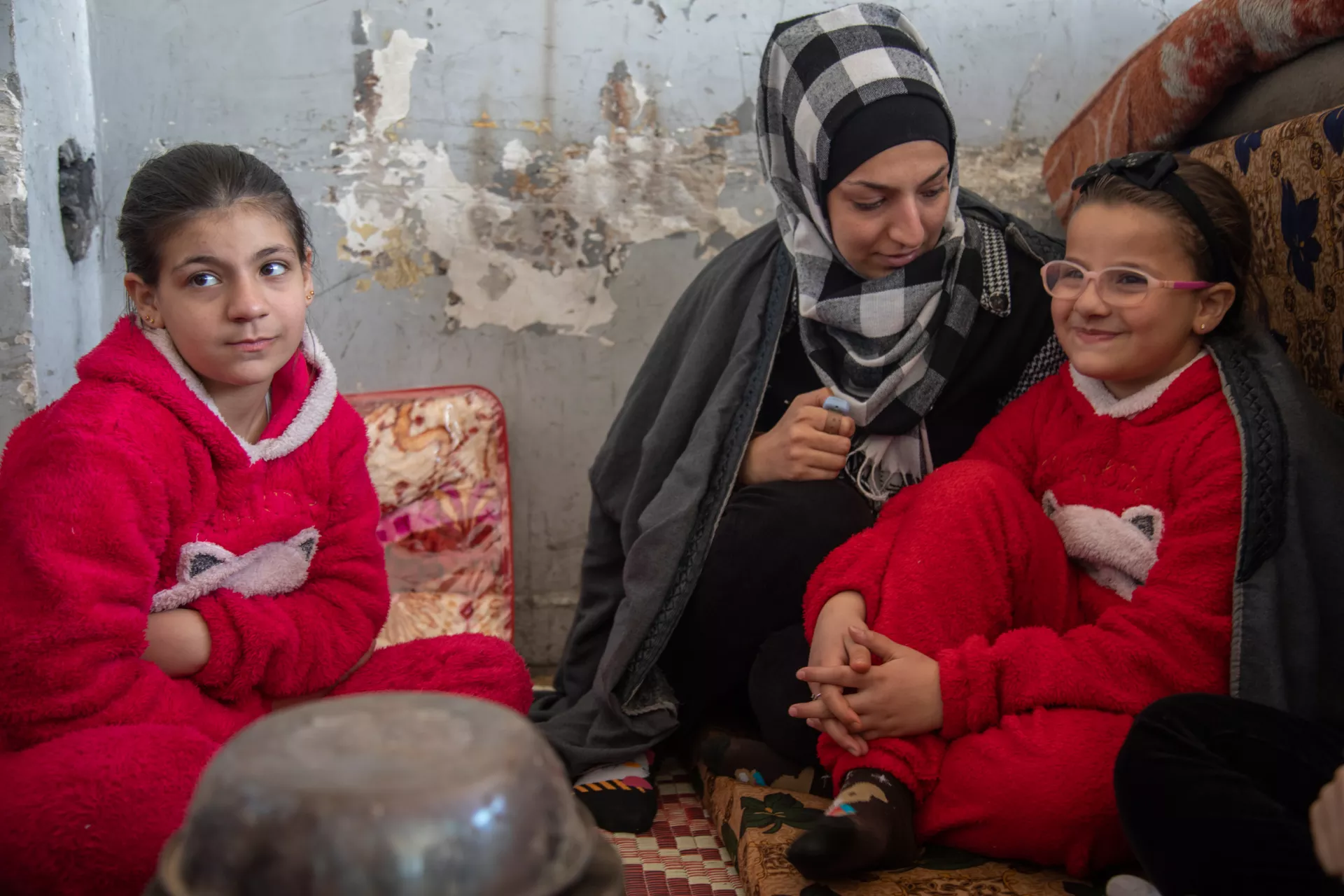Report
Earthquake response: Humanitarian situation report: 15 - 21 March 2023
Snapshot of current needs and response - concise operational document to support the coordination of the humanitarian response.

Situation at a glance
Affected population3.7 million children |
People to be reached2.6 million children |
Funding requirements: US$ 172.7 million
Highlights
- Since the earthquake, 97,400 households have been displaced in Syria. Population movements remain highly fluid.
- The Child Protection Area of Responsibility observed an increased risk in separated and unaccompanied children, significantly increased levels of psychological distress and reliance on harmful coping mechanisms (including child labour and early marriage) and increases in other forms of gender-based violence such as domestic violence, exploitation and trafficking.
- UNICEF and partners continue supporting children and caregivers in collective shelters with psychological first aid, mental health and psychosocial support, recreational activities and parenting programmes.
- Over 66,000 highly vulnerable people in Aleppo and Hama received emergency cash assistance. A survey conducted among beneficiaries revealed how unconditional/unrestricted emergency cash assistance was instrumental in meeting basic needs and mitigating the economic shock created by the earthquake.
- Together with WHO, UNICEF and partners successfully rolled out an oral cholera vaccine campaign, reaching 1,669,298 people over one year old – with a 95 per cent coverage in Idleb and 94 per cent in Aleppo.
- Preliminary findings from the Syria Earthquake Recovery Needs Assessment (SERNA) estimates US$8.9 billion in damages and losses, and US$14.8 billion in recovery needs over the next three years.

Publication date
Languages
English




